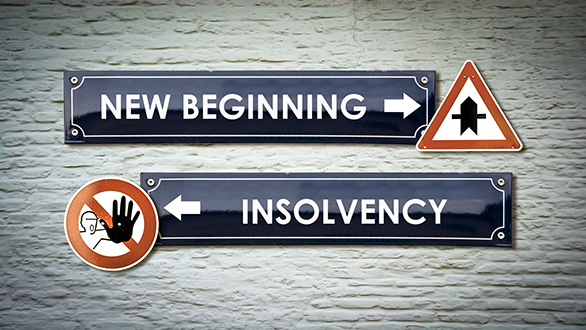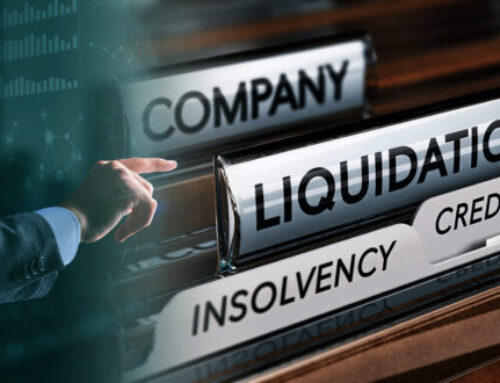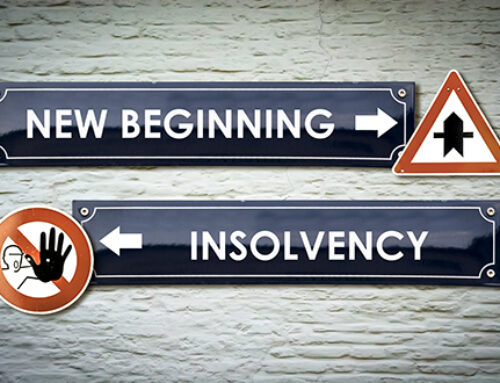The liquidation of a company that is insolvent can be initiated two ways:
– By a creditor who makes a court application usually relying on the presumed insolvency of the company due to the non-compliance by the company with a Creditor’s Statutory Demand; or
– By the company itself realising that it is insolvent and unable to pay its debts, which does not require any court intervention.
The voluntary liquidation by the company is seen to be similar to the bankruptcy provision of a Debtor’s Petition in that the insolvent entity (or person) takes the step to end the financial dilemma.
The company initiates the voluntary liquidation with a vote by special resolution of the members to wind up the company and appoint a liquidator. The liquidator will issue a report and call a meeting of the creditors of the company to confirm his/her appointment over the following 21 days. At this meeting, the creditors may vote to appoint an alternate liquidator to the company.
Upon the confirmation of the appointment of the liquidator by the creditors, the liquidation proceeds with the company still owning its assets but the liquidator acting as the company’s agent in realising the assets for the benefit of creditors. Upon completion of the company’s business, the company is deregistered.
Directors of a company that is behind in its payment of taxation and receive a Director Penalty Notice from the Australian Taxation Office should strongly consider this liquidation option and get quality advice from an insolvency practitioner or lawyer.
The company is unable to appoint a liquidation under this regime if a creditor of the company has already commenced court proceedings to wind up the company unless it obtains the leave of the court.
If your company needs advice on the liquidation process, or you simply do not know what to do after receiving court proceedings or a demand from the Australian Taxation Office, do not hesitate to call us to discuss the options available to you and the company.
#msdlaw





